Refurbished Cameras: The Core of Eco Tech in 2026
In this section, you’ll learn why refurbished cameras have moved from thrift corners to the center of eco tech conversations worldwide.

When Leo, a travel photographer, switched to a refurbished DSLR, he expected savings—what surprised him was the pride of reducing waste while sharpening his creative edge. That personal balance mirrors a global change where 2026’s photographers align craft with conscience.
Refurbished cameras differ from simple second-hand gear because they undergo certified inspection, component replacement, firmware updates, and professional calibration before resale. It’s more than recycling—it’s rejuvenation.
Why 2026 Loves Extended Tech Life Cycles
- Manufacturers now design hardware for easier component swaps.
- Consumers push back against planned obsolescence.
- New EU and global policies encourage re-certification over disposal.
By 2026, sustainability reporting has evolved to include “device longevity,” making refurbished cameras a showcase of responsible consumption in the technology sector.
Pros
- Major reduction in carbon and material footprint.
- Professional testing ensures near-new reliability.
- Lower entry cost for aspiring photographers.
Cons
- Slight cosmetic wear may appear on some models.
- Limited edition models can be harder to locate refurbished.
Environmental and Economic Impact of Refurbished Cameras
This section breaks down how refurbishment supports circular economy values and why it’s reshaping photography’s environmental impact.

When Nina discovered a refurbished mirrorless camera that rivaled her studio’s flagship model, she realized performance doesn’t have to cost the planet. Products like hers divert tons of e-waste annually, proving circular design scales beautifully.
How Camera Refurbishment Sustains the Circular Economy
- Each refurbished unit avoids roughly 1.6 kg of electronic waste.
- Energy used in refurbishment is nearly 60–70% less than new production.
- Material reuse lowers demand for rare metals and plastics.
Brands embracing refurbishment also earn stronger consumer trust, resonating with initiatives like refurbished DSLR cameras collection programs that highlight transparent inspection processes and warranties.

2026’s Most Popular Refurbished Cameras and Eco Buying Tips
Here you’ll explore standout 2026 camera choices, sustainability buying advice, and key maintenance habits for long-term reliability.

Sam, a videographer, built an entire studio with refurbished models—from mirrorless bodies to refurbished camera lenses—for his sustainability documentary. His workflow stayed carbon-light while quality stayed cinematic.
| Name | Best for | ISO/Spec | Look/Result | Latitude/Usability | Notes |
|---|---|---|---|---|---|
| Refurbished DSLR | Classic photographers | Full-frame, high ISO range | Rich depth and tonal accuracy | Broad dynamic range | Reliable all-weather build |
| Refurbished Mirrorless | Videographers & travelers | Compact, 4K-ready | Sharp color rendering | Fast autofocus | Lightweight and adaptable |
| Refurbished Analog | Film purists | 35mm mechanical | Organic grain texture | Manual control | Uses recycled film components |
Pros
- Diverse range of refurbished models covers every style and skill level.
- Digital and analog both benefit from extended material life.
Cons
- Analog film availability may vary regionally.
- Mirrorless firmware updates can be model-dependent.
Smart Gear Habits for Sustainable Use
- Schedule sensor cleanings annually to maintain image quality.
- Store cameras in dry environments to prevent corrosion.
- Recycle or trade-in old gear when upgrading digital and analog camera options.
Quick Decision Guide
- Choose a **refurbished DSLR** if you crave classic ergonomics and robust battery life.
- Go **mirrorless refurbished** for 4K filmmaking and lightweight travel setups.
- Opt for a **refurbished analog** if tactile shooting and vintage aesthetics inspire your creativity.
- Always verify certification and warranty before purchasing to ensure reliable eco tech value.
Frequently Asked Questions
- Why are refurbished cameras leading eco tech trends in 2026?
- Because they extend product lifespans, reduce e-waste, and reflect 2026’s sustainability-driven consumer preferences around durable design.
- Are refurbished cameras environmentally sustainable?
- Yes. Refurbishment uses far fewer resources and emits less carbon than building entirely new cameras, aligning with global e-waste reduction goals.
- Which refurbished camera models are most popular in 2026?
- Refurbished DSLR, mirrorless, and compact digital cameras dominate due to their outstanding price-to-performance ratio and trusted build quality.
- How does camera refurbishment reduce e-waste?
- It reuses functioning parts—sensors, housings, and processors—keeping valuable materials circulating instead of entering landfills.
- How can photographers maintain refurbished cameras for longevity?
- Clean sensors carefully, keep gear dry, and schedule periodic service checks with certified technicians for consistent performance.
Join the Movement
Shop sustainably—discover eco-friendly DSLR and mirrorless models through our refurbished DSLR cameras collection.
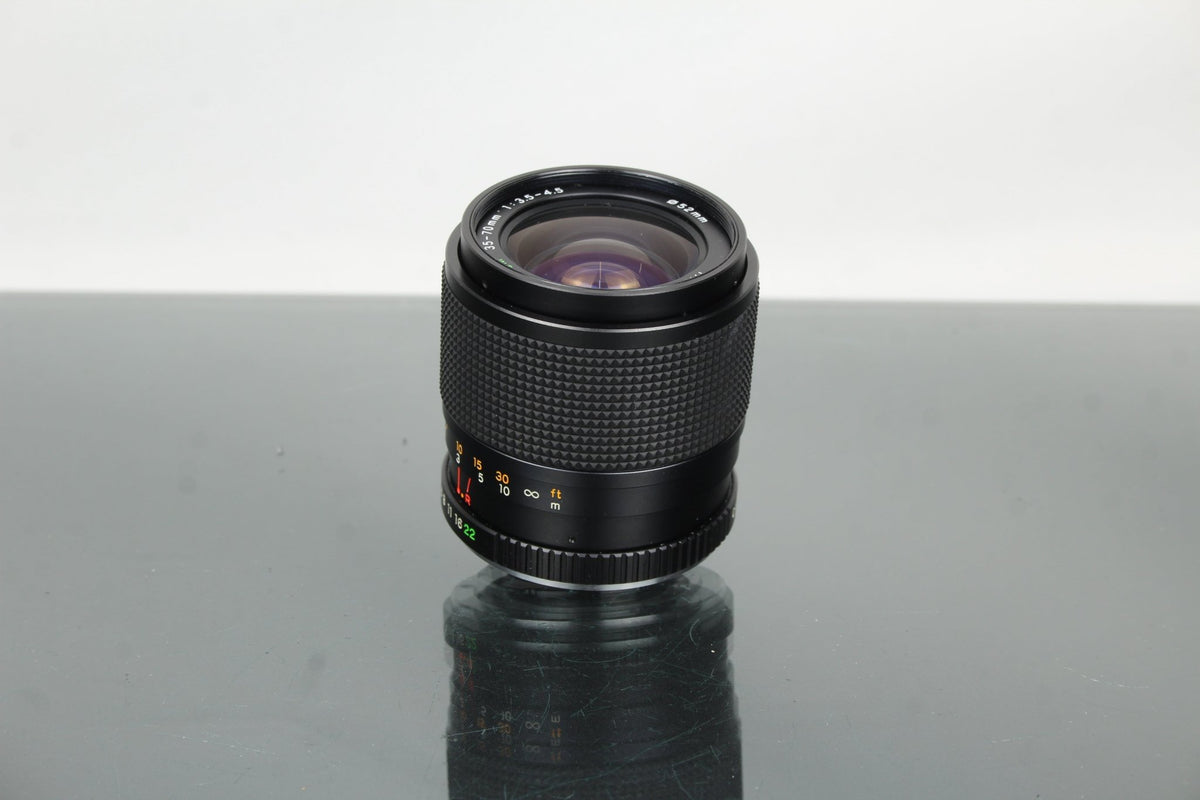
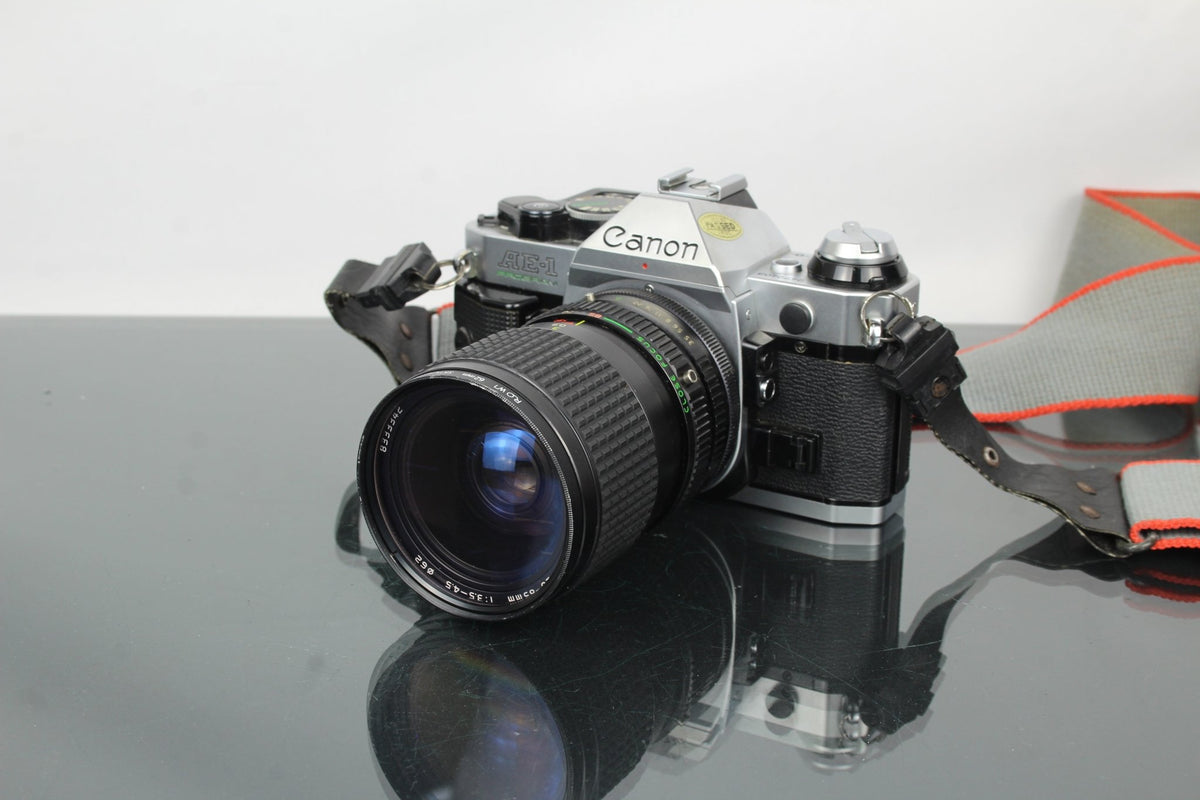
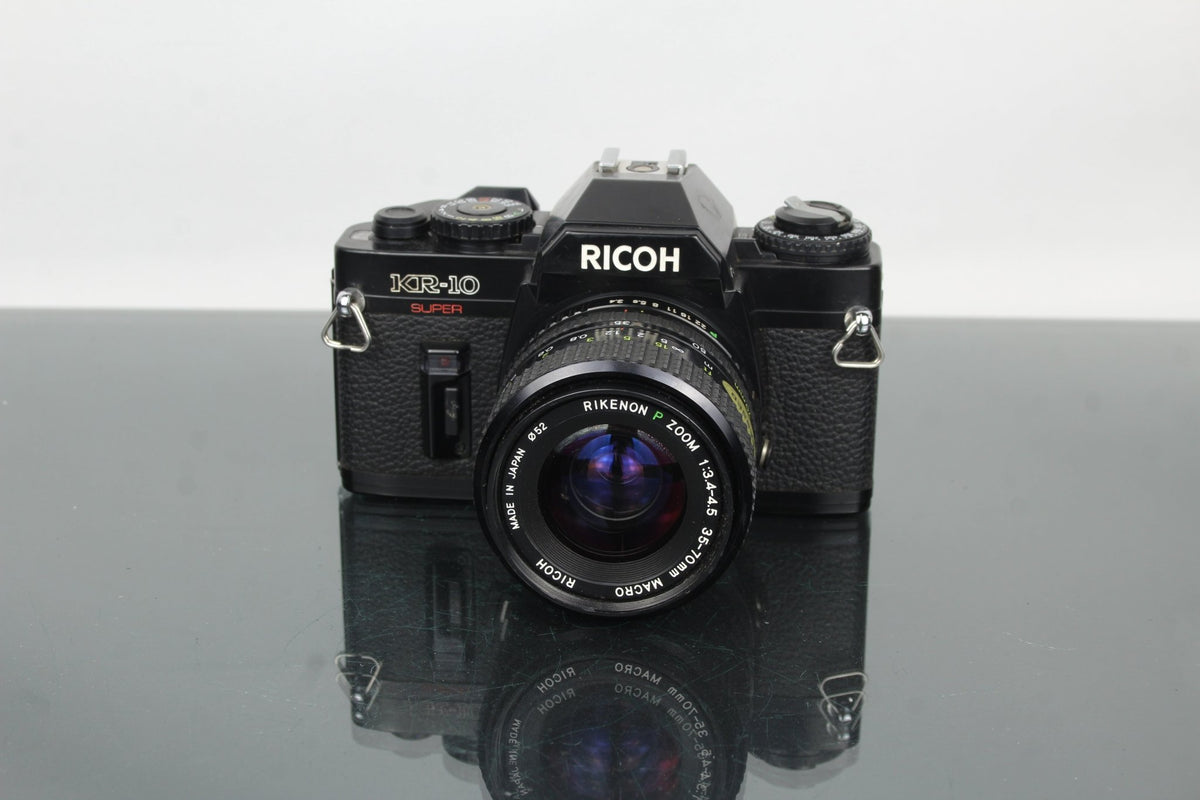
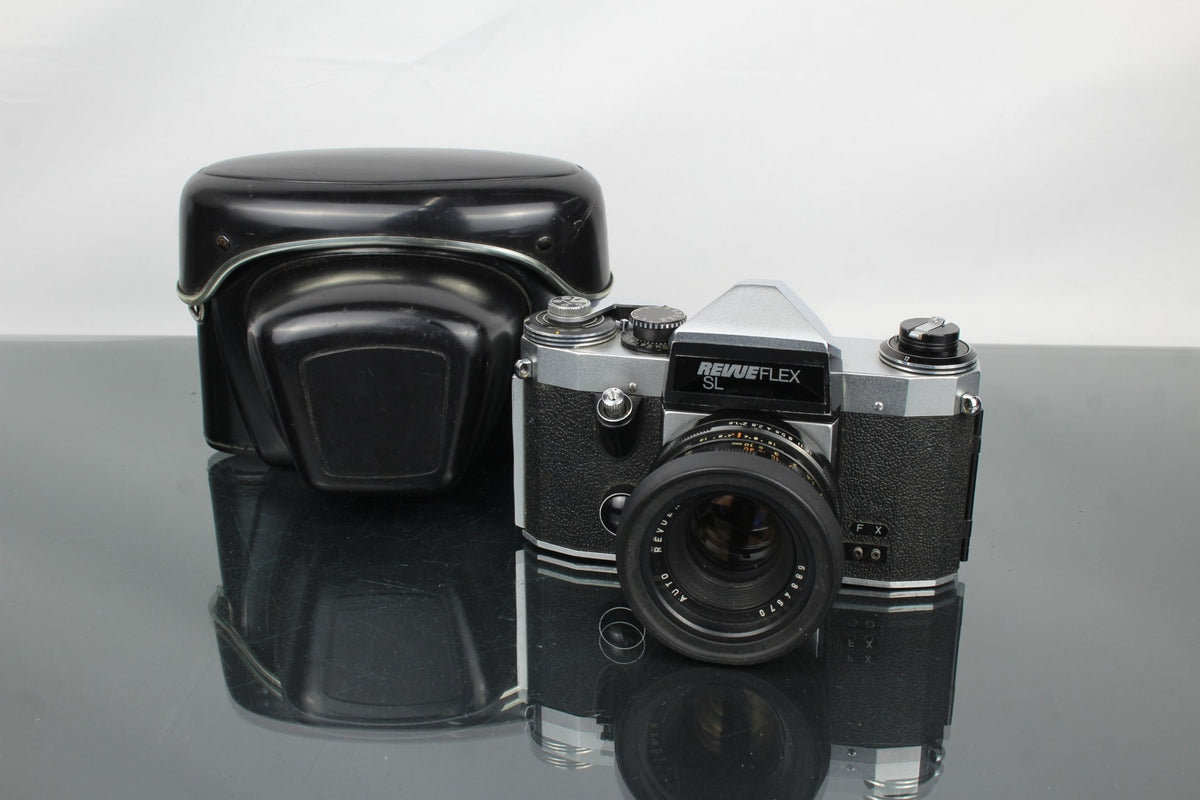





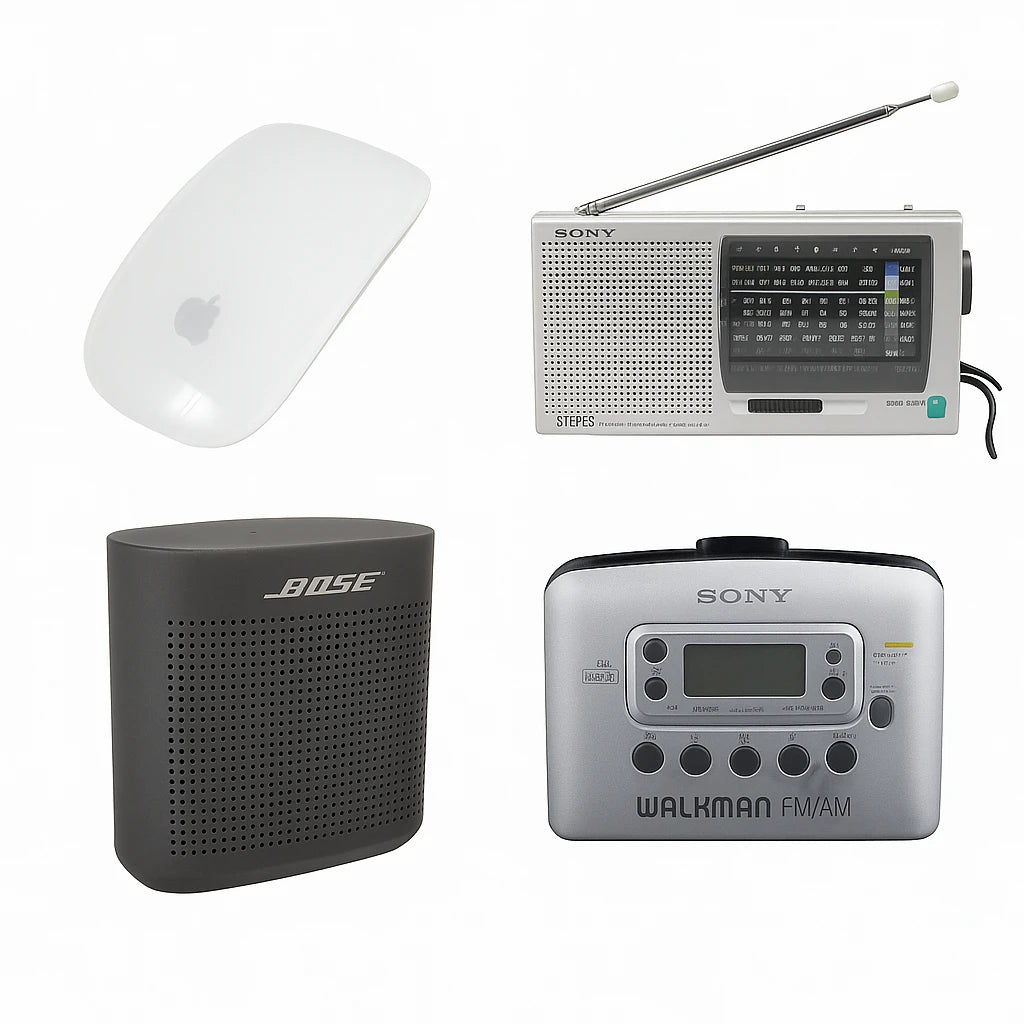
0 comments